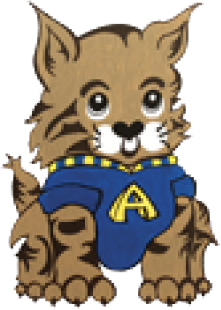-
The One-Inch Square Project Scientific Principals that parents can use to find out more about science education and engage their children in fun, simple science experiments and activities.
-
Visit our nation's space program and don't forget to check out NASA for Kids.
-
Pick the date, hour, time zone and it will show you the moon phase.
-
Click onto teacher resources, go to NSTA publications. There you will find a listing for Science and Children. This is their elementary level journal. One of the regular features in each issue is a review of books and an article entitled “Home Connections” which outlines some fun, science related activities to do at home.
-
This is where you will find the NSTA's monthly newsletter. It is full of information to help parents encourage their children in science.
-
NASAScience Kids and SpacePlace. There are 50 science missions and 300 modules. For those of you studying the solar system, there is a great game with NASA photos. Also, they interview famous scientists (in cartoon format) so kids get a chance to learn about space careers.
-
Parents should go online to visit Nature Rocks, the family fun nature planner. This site will help parents find all sorts of nature activities, plus tools to help guide and plan their adventures. Parents will also find useful tips and information to help them get into nature without getting over their head. It's fast and easy so they can shut their computers down quickly, open up that door and be on their way in as little as 5 minutes. Nature is closer than you think!
-
Printable sky map for the month showing visible constellations.
-
The David Suzuki Foundation provides a printer-friendly list of the top 10 things kids can do at home to help the environment (with adult supervision, of course).
-
The U.S. Department of Education provides age-appropriate activities for students to do at home (with adult supervision, of course). Many incorporate solids and liquids, and they are available in Spanish for bilingual households.
